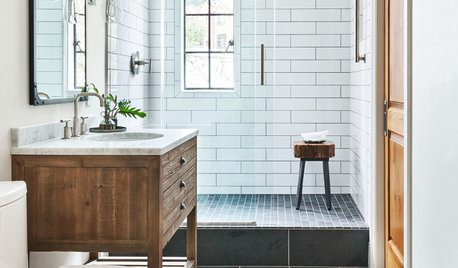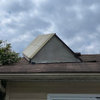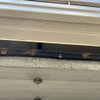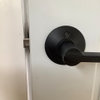Fixing ice dam/fascia problem with...a silicone bead?
marcolo
13 years ago
Related Stories

HOUSEKEEPINGProtect Your House From Winter Water Damage
Avoid costly repairs by learning to spot potential problem areas before water damage is done
Full Story
REMODELING GUIDESCool Your House (and Costs) With the Right Insulation
Insulation offers one of the best paybacks on your investment in your house. Here are some types to discuss with your contractor
Full Story
GREEN BUILDINGInsulation Basics: Heat, R-Value and the Building Envelope
Learn how heat moves through a home and the materials that can stop it, to make sure your insulation is as effective as you think
Full Story
BATHROOM WORKBOOK12 Ways to Get a Luxe Bathroom Look for Less
Your budget bathroom can have a high-end feel with the right tile, stone, vanity and accessories
Full Story
HOUSEPLANTS10 Top Plants to Grow Indoors
Brighten a room and clean the air with a houseplant that cascades artfully, stretches toward the ceiling or looks great on a wall
Full Story








User
alphonse
Related Professionals
Glen Carbon Kitchen & Bathroom Remodelers · Lawndale Kitchen & Bathroom Remodelers · Gibsonton Kitchen & Bathroom Remodelers · Arizona City General Contractors · Livermore General Contractors · Perrysburg General Contractors · Redding General Contractors · Riverside General Contractors · Orlando Painters · Roseville Painters · Spring Painters · Moss Point Painters · North Ogden Painters · Saco Painters · South Jordan Paintersmetaxa
brickeyee
metaxa
brickeyee
marcoloOriginal Author
alphonse
marcoloOriginal Author
metaxa
hendricus
alphonse